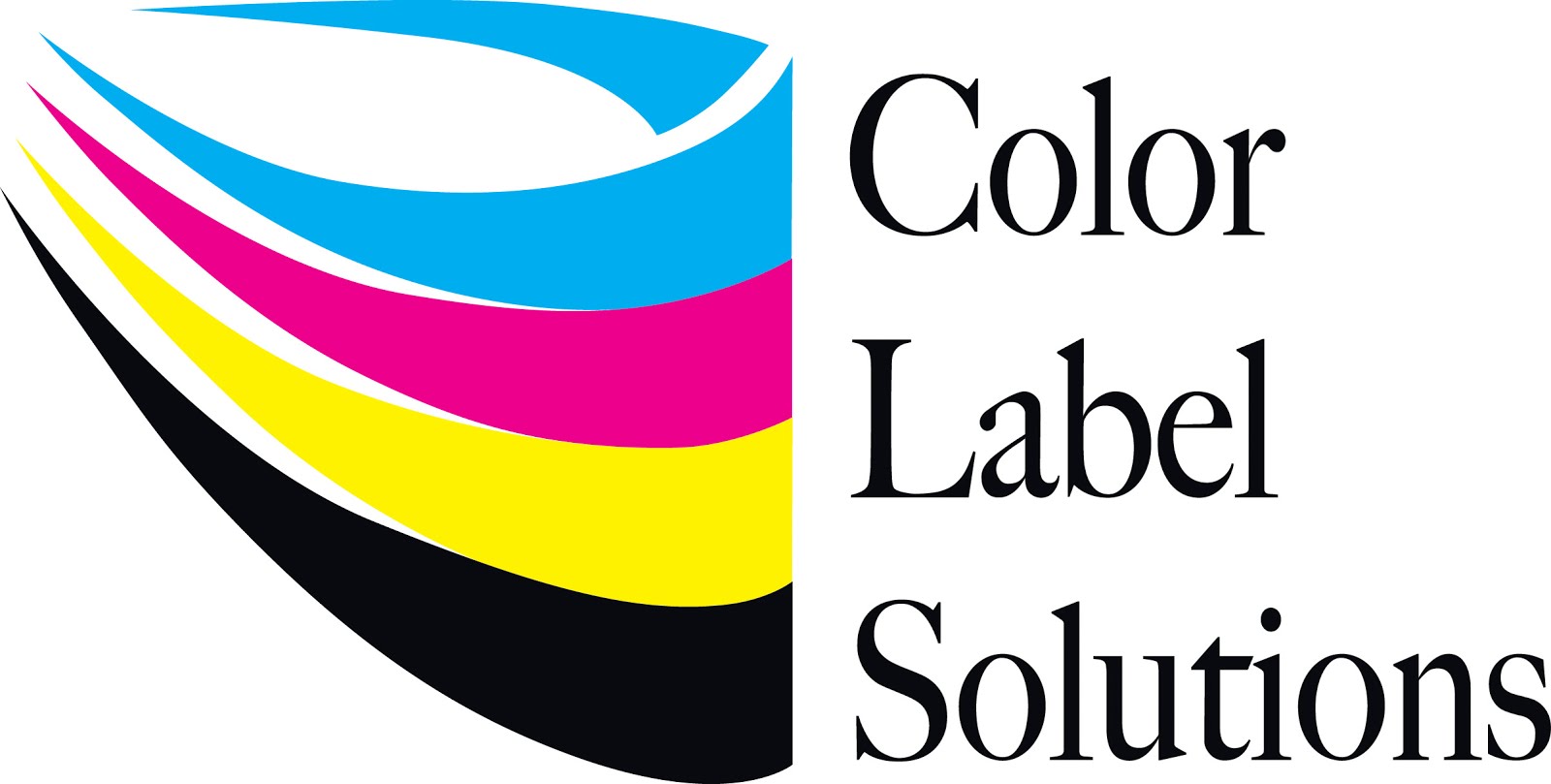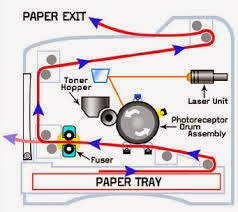In the article, “A Drug By Any Other Name: Patients' Ability To Identify
Medication Regimens And Its
Association With Adherence And Health Outcomes,"
the authors evaluated the health outcomes of a group of patients based
on their knowledge of the prescribe drug compared to those who identified
medication strictly visually. This
article is very good; do read it. But you
can probably guess the results.
It’s pretty clear that understanding your medications and dosages
produces better adherence and outcomes compared to only identifying the
physical characteristics of the pill itself. What’s interesting about the study is the
authors correlated knowledge with the improved outcomes.
In fact, the authors wrote, “A patient's ability to accurately identify
their daily medications is crucial for optimal health.”
In addition, the authors wrote, “It is possible that patients who use two
forms of medication identification (name and visual identification) may have
better outcomes.”
Reading this article, I wondered, “what
could we do to help patients increase their knowledge of their prescribed medication
and dosage?”
From my perspective, the easy-to-do and obvious answer
comes from the Institute of Safe Medication Practice and their recommendations
for Principals of Designing Prescription
Labels: https://www.ismp.org/recommendations/designing-medication-label-community-pharmacy
From this list, I get 4 easy-to-do ideas that every pharmacist should consider
to increase their patient’s understanding and identification of the medication
they take:
- Use Larger Fonts. Larger fonts are easier to read and increases comprehension.
- Include typographical cues like Bolding and Highlighting.
- Maximize whitespace, including line spacing. Older people perceive Whitespace is easier to read
- Place a picture of the medication on the label.
By adding these 4 simple ideas, pharmacists would quickly improve
knowledge and identification of the medications taken by their patients.
With traditional vials, however, pharmacists may not have sufficient
label “real estate” to make these additions.
By moving to the M-Pack vials, pharmacists get more than 1.8X more label
area to make these simple changes.
According
to William Negrini, President at M-Pack Systems, “The M-Pack System is the most
compliant prescription package in the industry.” To learn more, you may want to review my
earlier post on how Prescript Pharmaceuticals is using the M-Pack vial: http://colorlabelsondemand.blogspot.com/2013/08/prefilled-prescription-labels.html
And with traditional direct thermal or thermal transfer printers,
pharmacists may not have the capability to add identifiable images and
highlights to the labels. With the
TM-C3500 color label printer, it’s easy to add larger fonts, bond fonts,
highlights, and images.
You
may want to review how I printed using these ideas on the labels for M-Packs
at the recent NACDS show: http://colorlabelsondemand.blogspot.com/2013/08/pharmacy-labels-print-on-demand-color.html
If you want to improve adherence and patient outcomes easily, move to
print on-demand color labels. You and
your patients will like the results.
Guy Mikel
855-962-7670
#colorlabels













